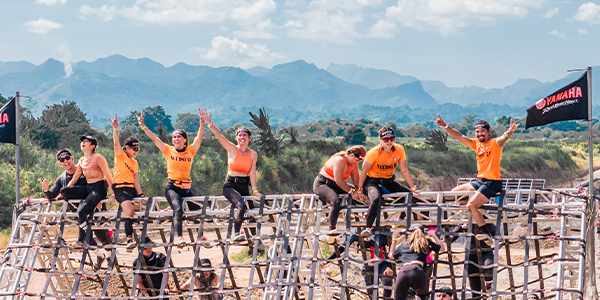As the seasons shift, so too do the conditions under which endurance athletes train and compete. Understanding and adapting to these changes is crucial for maintaining optimal performance and safety throughout the year.
The Challenge of Changing Seasons
Each season brings a unique set of challenges and opportunities for endurance athletes:
- Spring: Often seen as a time of renewal, spring’s milder weather is ideal for increasing training intensity after the winter months. However, unpredictable weather, such as sudden rain or fluctuating temperatures, can make it difficult to maintain a consistent training schedule.
- Summer: High temperatures and humidity in summer can lead to increased risk of dehydration and heatstroke. While the long days provide more daylight for training, athletes must often shift their routines to early morning or late evening to avoid peak heat.
- Autumn: Cooler temperatures and reduced humidity make autumn ideal for endurance training and events. However, shorter days mean less daylight, requiring more pre-dawn or post-dusk training that can impact visibility and safety.
- Winter: Cold weather poses significant challenges, including the risk of hypothermia and slippery conditions due to ice and snow. Indoor training becomes more crucial, and maintaining motivation can be difficult with fewer events scheduled during these months.
Adapting Training to Seasonal Changes
To manage these seasonal dynamics effectively, athletes can adopt several strategies:
- Weather-Specific Gear: Invest in high-quality, season-appropriate gear. This includes moisture-wicking fabrics for summer, water-resistant materials for spring, and thermal gear for winter.
- Hydration and Nutrition Adjustments: Modify your hydration strategies and nutritional intake based on the season. Summer requires more fluids and electrolytes, while winter may call for increased caloric intake.
- Flexible Training Schedules: Be willing to adapt your training times. Summer workouts might need to occur in the early morning, while winter could push you indoors for strength training or treadmill runs.
- Cross-Training: Incorporate cross-training to adapt to seasonal conditions. For example, switch to swimming or indoor cycling when it’s too hot or cold to train effectively outdoors.
- Mental Preparation: Seasonal changes can affect your mental health and motivation. Establish a supportive network and consider mental health strategies like meditation or yoga to maintain a positive outlook throughout the year.
Seasonal changes need not be a barrier to training and competing in endurance events. By planning ahead and preparing for the unique challenges of each season, athletes can enjoy year-round training and participation. This not only helps in achieving performance goals but also in enjoying the diverse conditions that each season offers.




